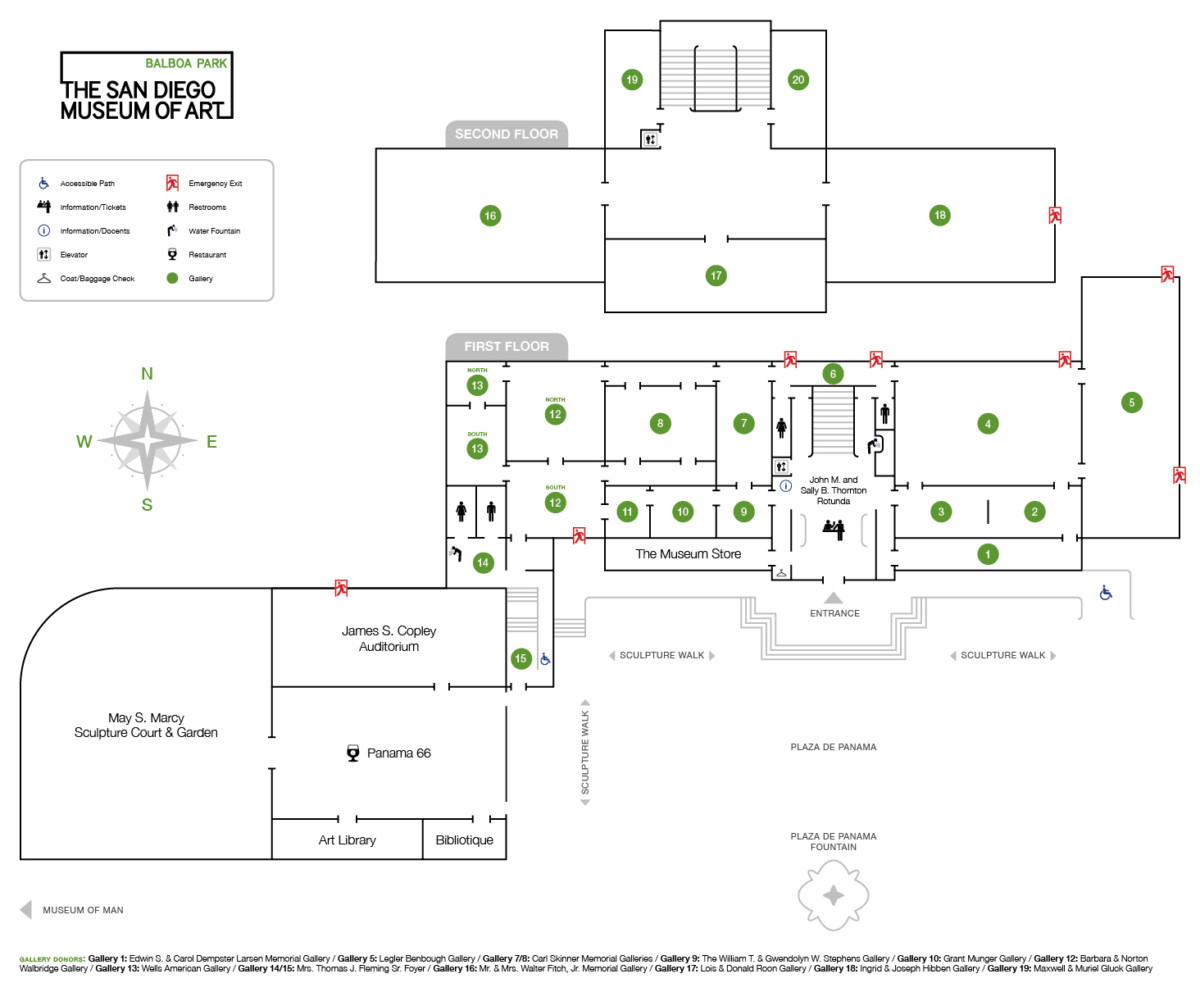from the Suzhou Museum
Part of the collections of the Suzhou Museum, an internationally renowned building by architect and one of Suzhou’s native sons I. M. Pei, these amazing works of art, some over 3,000 years old, are being exhibited in the United States for the first time. The first grouping is of bronzes unearthed from tombs, including a set of bells and brilliantly cast ceremonial vessels. Ancient artifacts like these pair well with those on display in the Museum’s Permanent Collection and create a broader and more complete discussion of Chinese art and history.
Two hanging scrolls, masterworks by Wen Zhenming (1470–1559) and Tang Yin (1470–1523), two of the most celebrated and revolutionary artists of the Ming Dynasty, will highlight the Ink portion of the exhibition. These paintings display the mountainscapes of the Yangzi River Valley, a source of inspiration for Suzhou scholar-artists.
Suzhou is perhaps best known throughout China and the world for its silk tapestries that are so finely woven they resemble paintings. Four important textile works in pristine condition trace the history of silk embroidery at Suzhou from the 10th through 18th centuries.
On view through March 17, Masterworks in Metal, Ink, and Silk allows visitors to experience both this temporary exhibtion on its own and alongside Art of East Asia, the Museum’s newest Asian art display. This selection of works has been made specifically to complement those of the Museum’s Permanent Collection.


